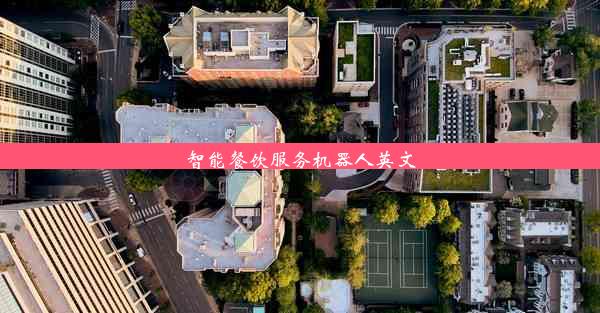
The Rise of Smart Restaurant Service Robots
The restaurant industry is undergoing a significant transformation with the integration of smart technology. One of the most notable advancements is the emergence of smart restaurant service robots. These robots are designed to enhance customer experience, streamline operations, and reduce labor costs.
Enhancing Customer Experience
Smart restaurant service robots are equipped with advanced features that aim to improve customer satisfaction. For instance, robots can take orders directly from customers, reducing the need for waitstaff and minimizing errors. They can also provide information about the menu, suggest dishes, and even assist with payment processes. This personalized service can make customers feel valued and entertained.
Streamlining Operations
The use of service robots in restaurants can greatly streamline operations. Robots can efficiently handle repetitive tasks such as delivering food and drinks, clearing tables, and cleaning the dining area. This not only frees up human staff to focus on more complex tasks but also ensures that these tasks are completed more quickly and accurately.
Reducing Labor Costs
Labor costs are a significant expense for restaurants. By deploying service robots, restaurants can reduce their reliance on human staff, thereby cutting down on labor costs. This is particularly beneficial for establishments that operate round the clock or during peak hours when hiring additional staff can be challenging.
Advanced Technology Integration
Smart restaurant service robots are powered by cutting-edge technology. They often come with features like facial recognition, voice recognition, and even augmented reality. These technologies enable robots to interact with customers in a more intuitive and engaging manner, enhancing the overall dining experience.
Customization and Adaptability
One of the key advantages of smart restaurant service robots is their ability to be customized and adapted to different restaurant environments. Robots can be programmed to suit specific menu items, service styles, and customer preferences. This flexibility allows restaurants to offer unique experiences while maintaining consistency across their locations.
Challenges and Considerations
Despite the numerous benefits, there are challenges and considerations associated with the use of smart restaurant service robots. One of the main concerns is the potential impact on human employment. There is also the need for robust cybersecurity measures to protect customer data. Additionally, restaurants must ensure that robots are integrated seamlessly into their existing operations without causing disruptions.
The Future of Smart Restaurant Service Robots
The future of smart restaurant service robots looks promising. As technology continues to advance, these robots are expected to become even more sophisticated, capable of handling more complex tasks and providing a wider range of services. With the right balance between technology and human interaction, smart restaurant service robots have the potential to revolutionize the way we dine out.

